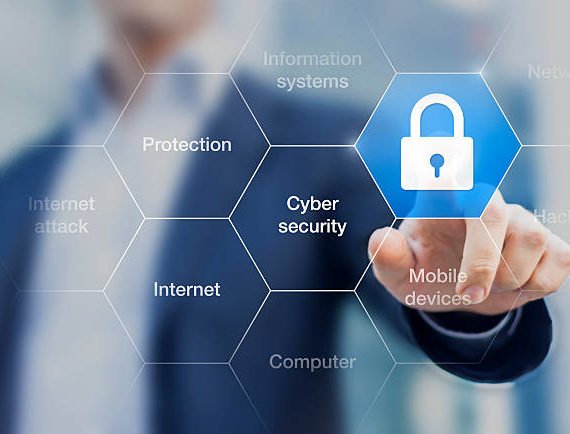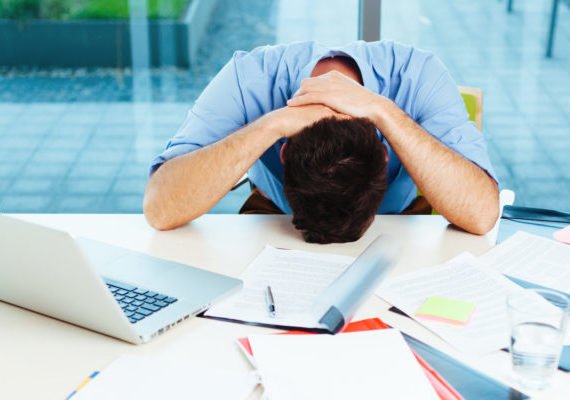10 Dos and Dont’s to help safeguard your PayPal account- Updated
The security of your PayPal account is of paramount importance. You should, therefore, ensure it’s never compromised. Since it’s a platform through which you receive and make payments, you should treat it just like a bank account. In fact, if you verified your PayPal account by linking it to your bank-issued debit card, then it can act as a gateway through which money can move from your bank account directly via PayPal.
What does this mean? It means that if anyone gained access to your PayPal account, then he/she can use it to make online payments directly from your bank account. As a matter of fact, your PayPal account doesn’t need to have any money for you to use to make online payments. Whenever your PayPal balance is insufficient, funds are deducted directly from your card, or in other words, the bank account linked to that card. As such, access to your PayPal account is access to your bank account. Scary!
A week rarely passes without hearing sad cases of hacked PayPal accounts from my clients and I hope this will help.
Here are 10 tips that will help you.
- Use a strong and secure password-one that is impossible to guess. This is straightforward. Mix characters (upper and lower case), numbers, and special characters. The stronger your password is, the more secure your account will be. Avoid writing down your password in your diary, notebook etc. as these can fall into the wrong hands. If you forget it, you will reset it when logging in.
- Avoid using the same password across multiple sites. If one site is hacked and your log in credentials stolen, you may end up losing your email and PayPal accounts to hackers.
- Email address. Your PayPal email address is the gateway into your account. Securing it is equivalent to securing your PayPal account. Your email account password is just as important as your PayPal account password. You need to secure it with a strong password. Enable 2-step email verification for added security.
- Phishing/spam email. All official emails from PayPal address you by your first and last name and bear the PayPal domain. Avoid opening other suspicious emails, most of which address you as “Dear PayPal member.” Don’t click on any links in those emails as they’ll redirect you to sites that look like PayPal and steal your login details as you attempt to log in. Clicking may as well install spy malware into your computer without your knowledge. Most of these emails tell you that your PayPal account has a problem or that someone (who you don’t know) has sent you money.
- Suspicious payments. Avoid receiving payments from strangers on behalf of friends or other strangers. PayPal accounts are free to open. Anyone who wants to borrow and use your PayPal account is most likely up to no good. Such people may commit fraud using your identity…and all that trail would lead to you.
- Avoid logging into your PayPal account from multiple devices or over public Wi-Fi. As a rule, limit the devices you use to two. As much as possible, don’t use a cyber café. This may lead to your account getting limited or being unable to make payments.
- Confirm your identity promptly. After using PayPal for some time, they will request you to confirm your identity. They will request you to upload a copy of your national ID/Passport, a utility bill (such as a KPLC bill) that shows your physical address, a bank/card statement, certificate of business registration etc. You will be given one month to do this. Do it within that time, otherwise, your account will get limited.
- Avoid sharing your PayPal account with other people, especially strangers. Sharing increases the risk of your account becoming compromised or being used to commit fraud.
- Use your real details when creating a PayPal account. Some people use aliases and other abstract names when opening a PayPal account. Trouble sets in when such an account gets limited and your are asked to confirm your identity. You may end up losing your PayPal balance in such a scenario.
- Do not sell your PayPal account. Strange as it may sound, you may have encountered strangers, or even people that you know offering to buy your account. It may appear harmless but the risk involved is too much for you to take. Selling your PayPal account is equivalent to selling your identity. If such an account is used to commit fraud, the trail would lead back to you.
Taking these steps will greatly enhance the security of your PayPal account. Though you can’t be 100% certain that your account will always be secure, it’s better to be vigilant at all times. If there’s something mentioned above that you aren’t doing right, correct it before it’s too late.



